Following days of speculation, the Israeli cabinet last night approved a deal with Hamas for the release of fifty Israeli hostages — thirty children and twenty women. Currently there are some 236 people, including soldiers and civilians, held in Gaza.
In exchange for the gradual release of hostages, Israel has agreed to four days of ceasefire and a release of 150 Palestinian prisoners. Israel will also allow fuel into Gaza and an increase in humanitarian aid.
Everything Hamas does is a calculated attempt to survive so it can continue its terrorist acts
Not all of the hostages from October 7 are being held by Hamas. Reports suggested that some were taken by Palestinian civilians or other terrorists, and it is not clear if Hamas will be able to locate them. For every further ten hostages Hamas releases, another day of ceasefire will be added and more Palestinian prisoners will be released by Israel.
For the families of the abducted, there will be relief mixed with anxiety about whether their loved ones will be among those released. For seven long, terrifying, weeks, their loved ones have been held captive by a terrorist organization that has mercilessly and sadistically raped, murdered and burnt some 1,200 Israelis.
When the war started, the Israeli government prioritized military accomplishments against Hamas over negotiating the release of hostages. Hamas, too, was unwilling to negotiate in the early days of the conflict. Over the course of the war two things have changed to make this deal possible.
The first is that Hamas has struggled to fight the Israeli Defense Forces. The IDF has been targeting Hamas’s infrastructure, tunnels, weapons caches and individuals from the ground, air and sea. Despite launching a successful surprise attack on October 7, Hamas’s capabilities are no match for the IDF.
Hamas had hoped that Hezbollah would attack Israel and distract it from the war in Gaza. Hezbollah’s capabilities are more considerable than those of Hamas, and its involvement could have drawn some of the fire away. Much to Hamas’s disappointment, Hezbollah — under orders from Iran — has only launched limited strikes against Israel in a conscious attempt to avoid a full-scale war.
Hamas’s difficulties helped encourage it to reach a deal. Its leaders hope that at the very least, several days of ceasefire will allow them to regroup and fight back. The timing of the deal is not coincidental; it is crucial for Hamas to delay the war’s expansion into southern Gaza which was set to happen shortly. The terms of the ceasefire also stipulate that the IDF will stop the use of drones over the southern area of Gaza and for six hours a day in northern Gaza. Not using drones will reduce the efficiency of Israeli intelligence about Hamas’s actions in Gaza during that time.
Hamas’s preferred outcome — and the scenario that worries Israel — is that the temporary ceasefire will result in a permanent truce due to growing international pressure on Israel to end the war before it has achieved its goal of disabling Hamas.
Hamas also hopes that the release of hostages, especially the most vulnerable ones, will help it restore its image. Hamas’s brutal attack has damaged its international reputation, and although it cannot win the war militarily, it is trying to use emotional manipulation to get the world on its side. Hamas has not signed the ceasefire deal to benefit the Palestinians in Gaza. Nor is it releasing Israeli hostages out of humanitarian concern. Everything it does is a calculated attempt to survive so it can carry on with its acts of terrorism.
On the Israeli side, priorities have reversed in the past few days; hostages now come first — destroying Hamas comes second. In the past two weeks the families of the hostages and their supporters have significantly increased their pressure on the government. Large demonstrations and marches were held across the country. Their campaign has received a lot of public sympathy and support and placed political pressure on Benjamin Netanyahu to negotiate with Hamas. It also became clear that releasing the hostages by military means — and alive — is a near-impossible task. Although the deal could compromise Israel’s military achievements and allow Hamas to regroup, placing Israeli soldiers at greater risk, the IDF supports the deal.
A deal for the release of hostages has been a sensitive issue in Israel. Previous deals for the return of Israeli hostages have included the release of Palestinian terrorists serving time in Israeli prisons. Upon their release, many continued to commit acts of terrorism that claimed the lives of Israelis. Most notably, in 2011 over 1,000 prisoners were released in return for the captive IDF soldier Gilad Shalit. One of those prisoners was Yahya Sinwar, who now leads Hamas in Gaza and who helped orchestrate its recent attack.
There is an ethical question about a country’s commitment to its citizens abducted by a terrorist organization — especially after the colossal failure to protect them on October 7. On the other hand, there is a commitment not to reach a deal that will further compromise the safety of the public and the country. It was a tough decision to take, and only time will tell if it was the right one.
Israel has made its choice, and the public supports it. There will probably not be a dry eye left in Israel when these children are returned. However, the deal will leave nearly 200 hostages still in Gaza. Some in Israel are concerned that the ceasefire will provide Hamas with enough relief to discourage it from releasing the remaining hostages. Or that Hamas will begin trying to negotiate a higher price for those left behind. Israel is intent on fighting on, but doing so may prove trickier than before.
This article was originally published on The Spectator’s UK website.



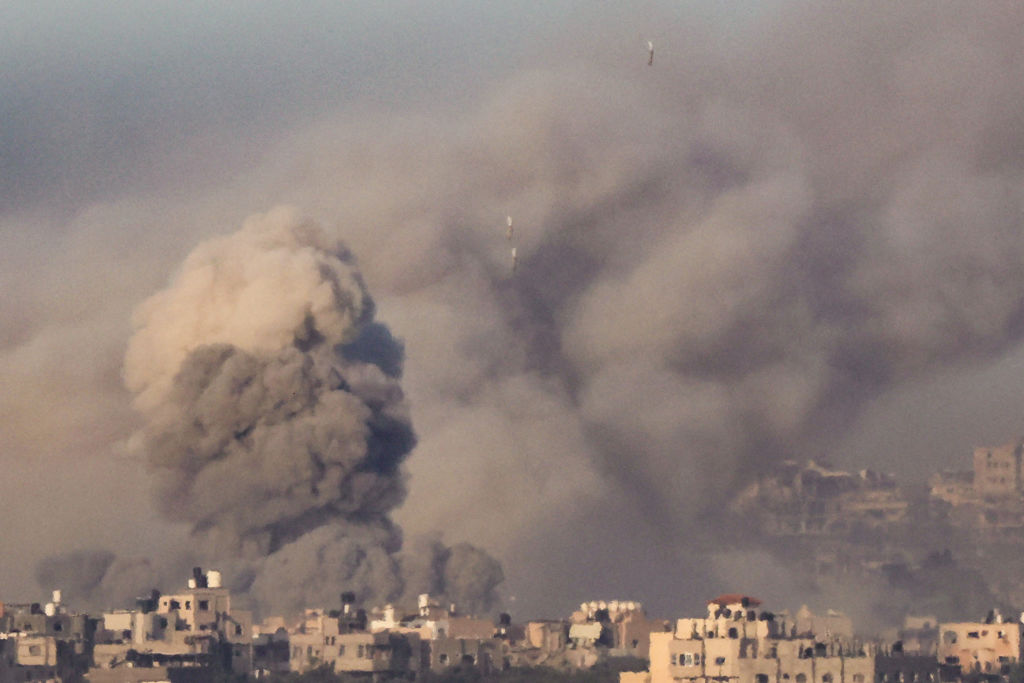








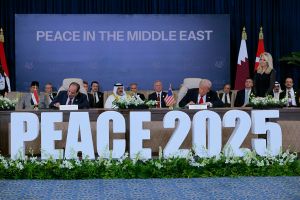

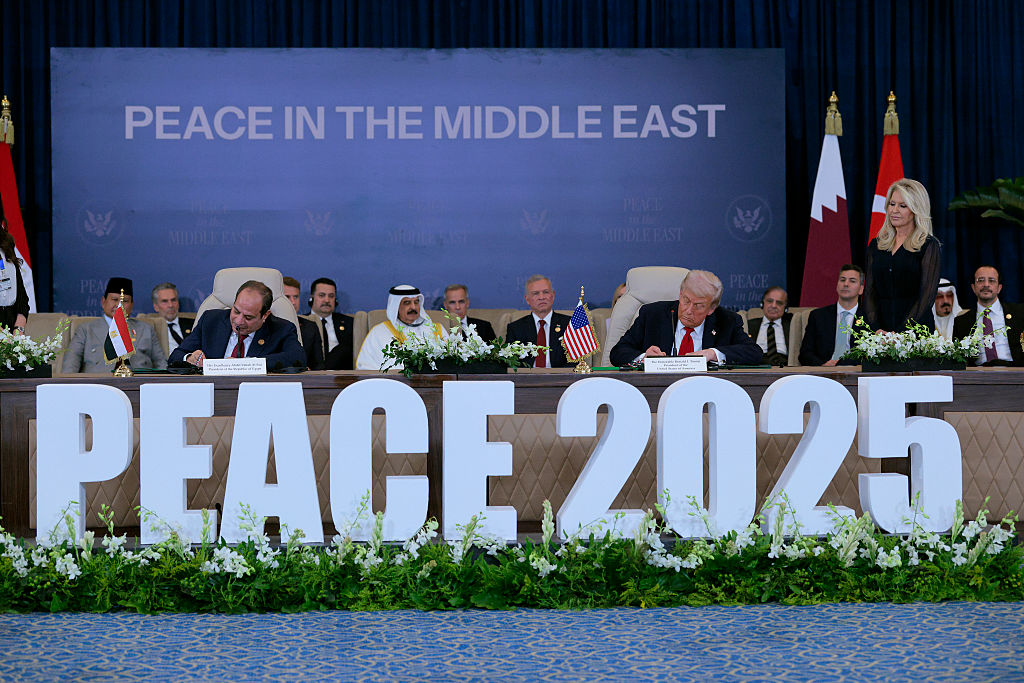

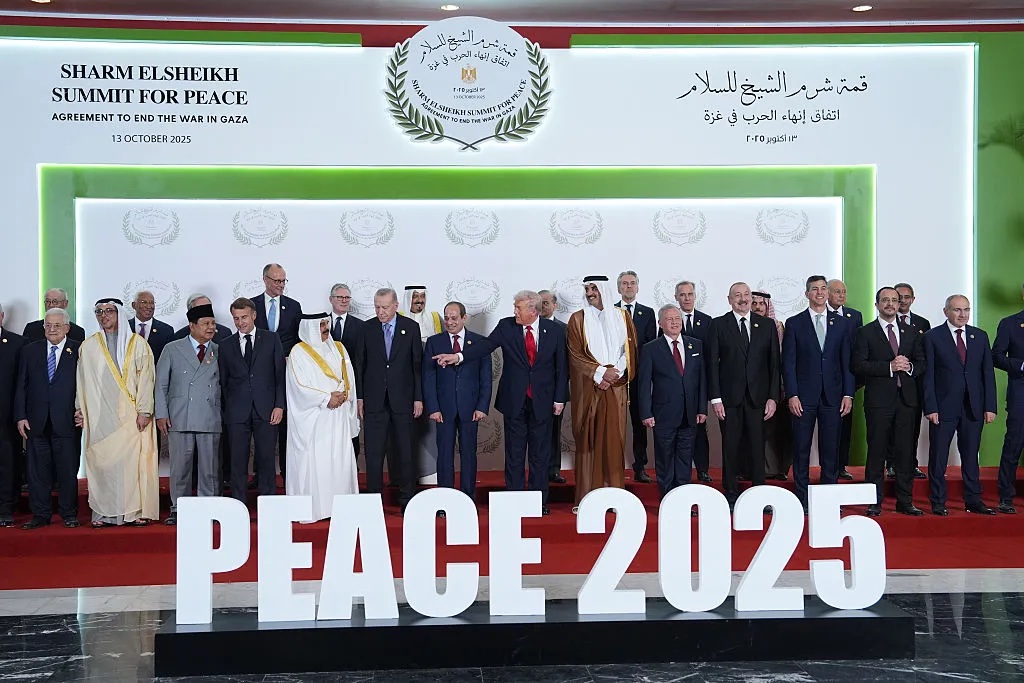
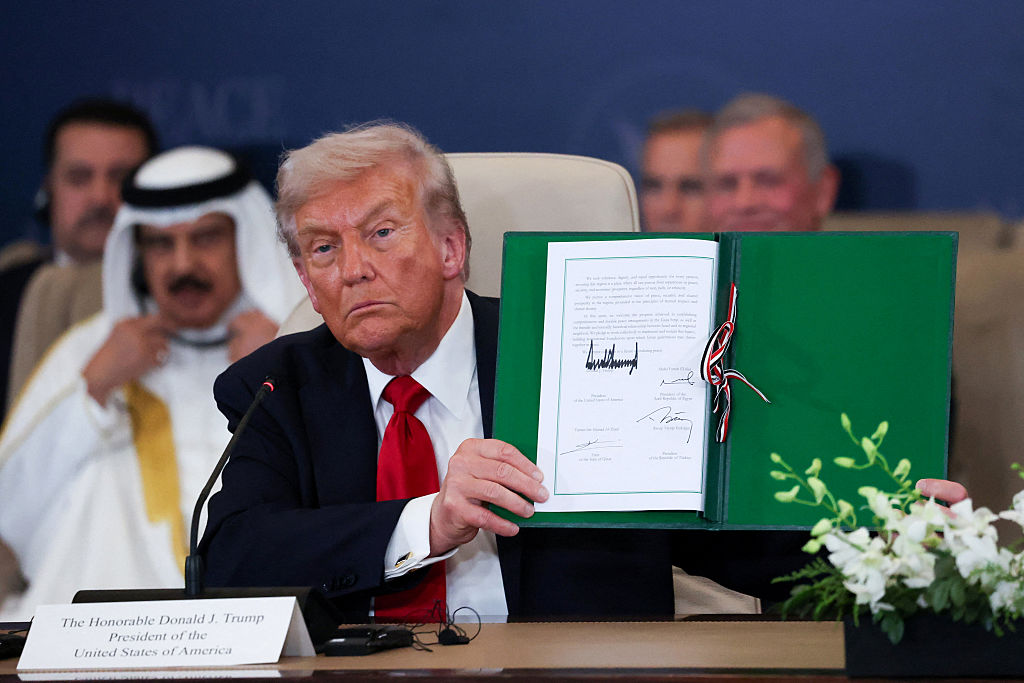
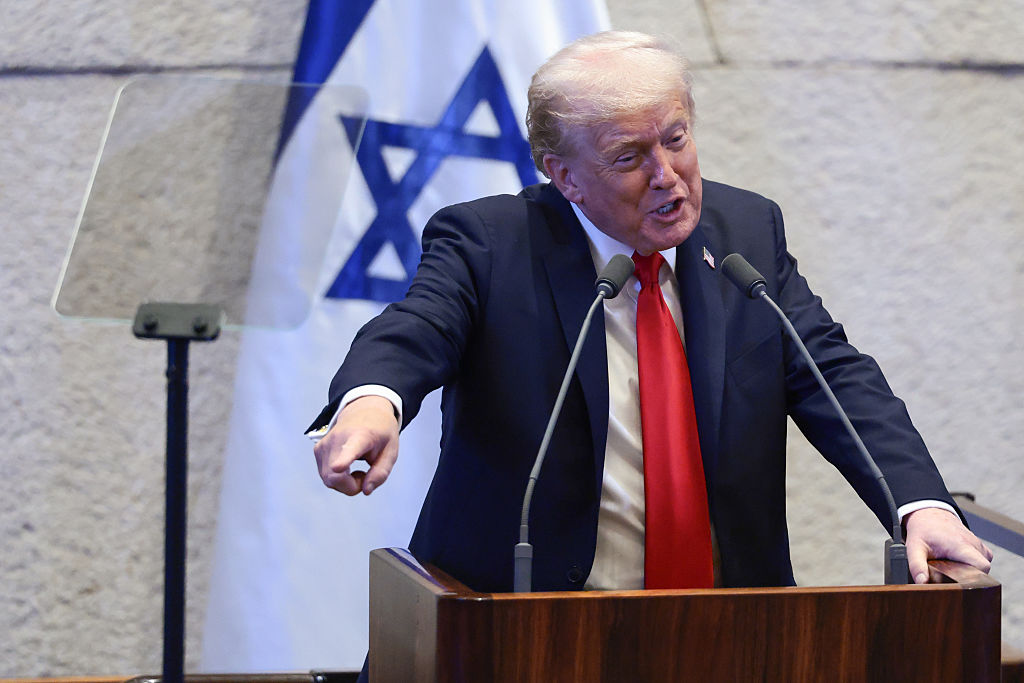







Leave a Reply